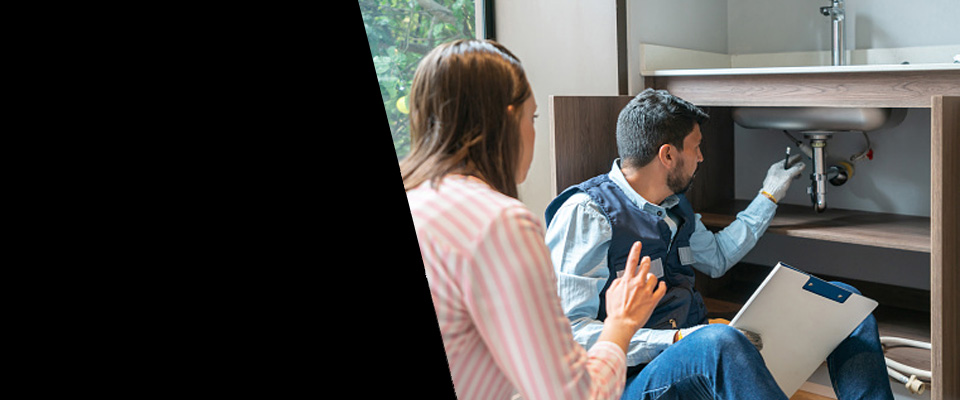Building Code Compliance Plumbing Services in San Gabriel, CA
San Gabriel Building Code Compliance Pros on call now in Los Angeles County
Building Code Compliance is a regulatory-focused plumbing service that ensures all installations, repairs, and modifications adhere to local, state, and national plumbing codes. The service includes inspections, documentation, and corrective actions to align systems with legal standards, promoting safety, efficiency, and approval in construction and renovation projects. It is necessary for avoiding fines, delays, and liability
We provide top notch Plumbing services throughout Los Angeles County. Whether you need help with Building Code Compliance or other issues, our Pros is ready.
Plumbing Services in San Gabriel, CA

Appliances
Setting up dishwashing machines, water heaters (tank and tankless), garbage disposals, and cleaning makers.
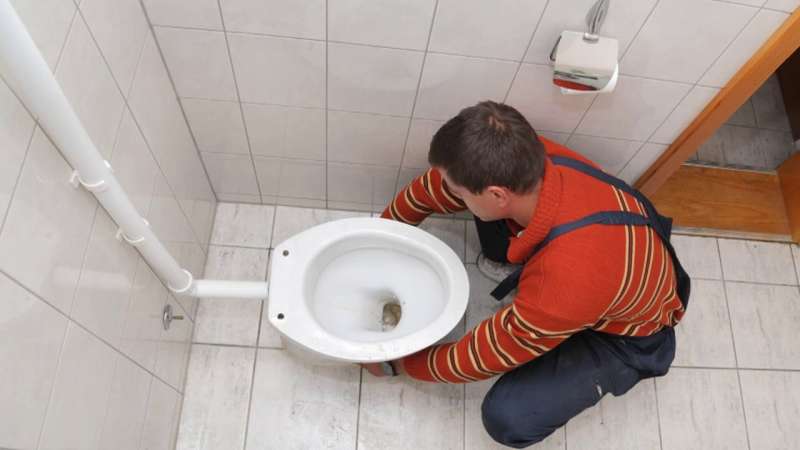
Backflow Testing and Prevention
Ensuring backflow prevention devices are working properly.
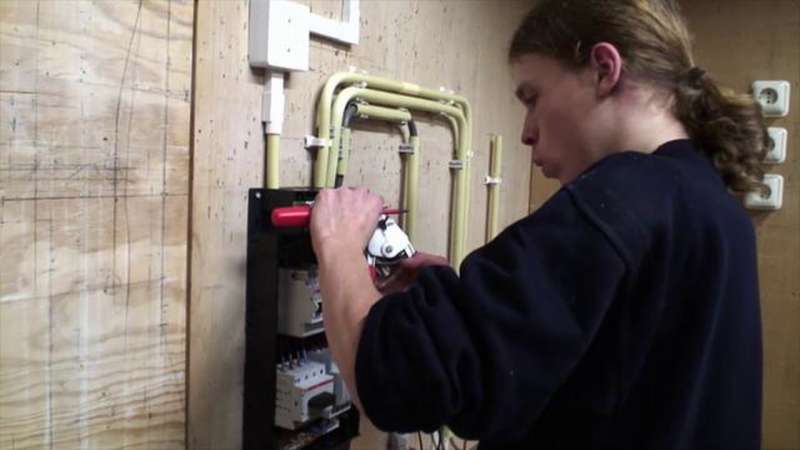
Bathroom and Kitchen Remodeling
Moving or upgrading plumbing systems.
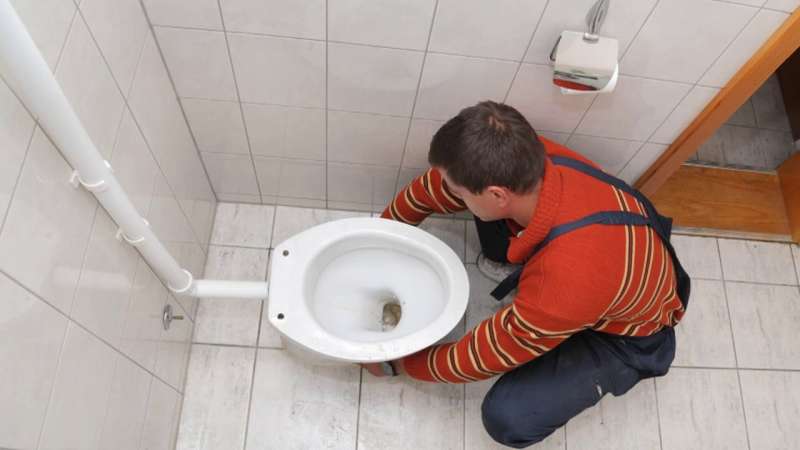
Building Code Compliance
Guaranteeing plumbing systems satisfy local policies.
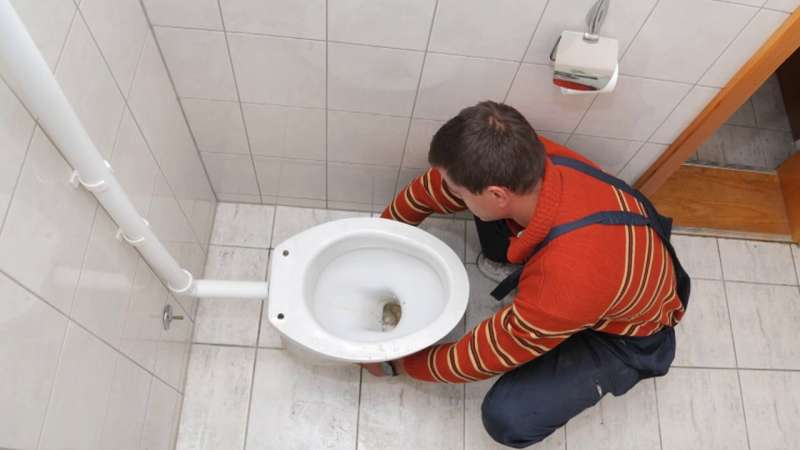
Burst Pipes
Immediate reaction to prevent flooding and water damage.
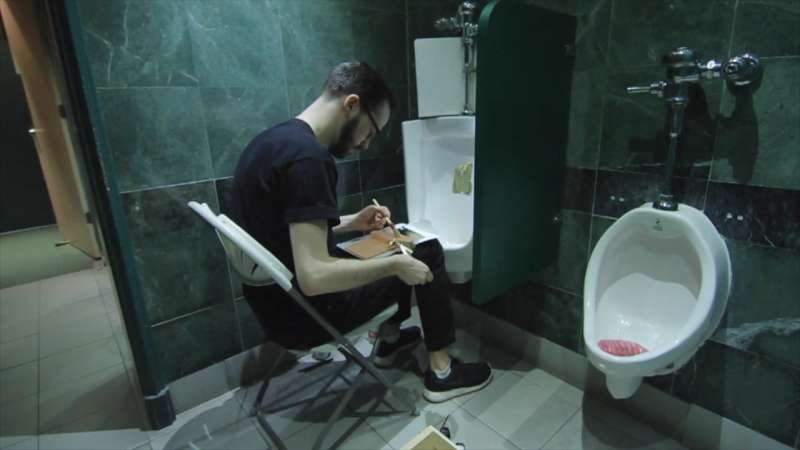
Clogged Drains
Clearing blockages in sinks, toilets, showers, and drain lines.
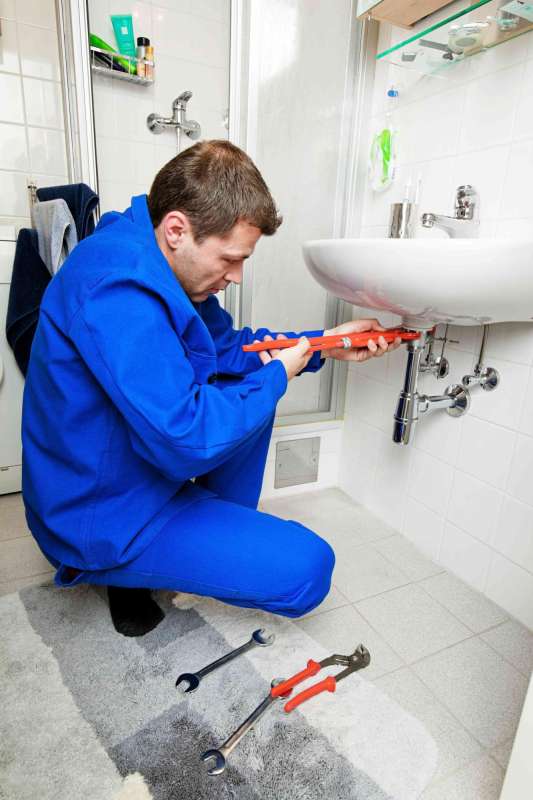
Drain Cleaning
Routine cleaning to prevent obstructions and preserve flow.
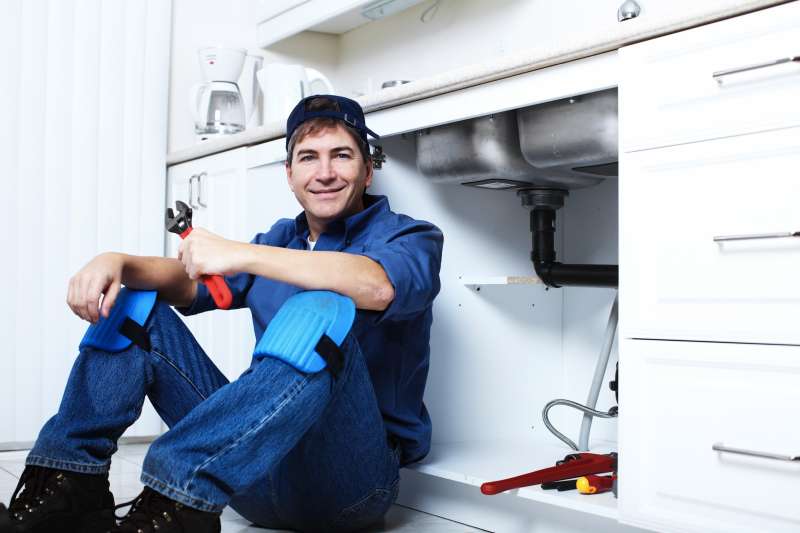
Fixture Repairs
Fixing malfunctioning faucets, toilets, and other components.
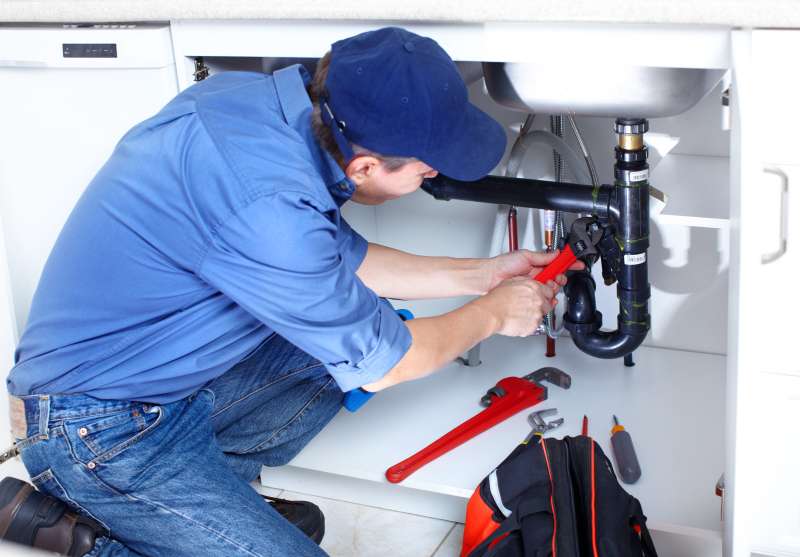
Fixtures
Installation of sinks, faucets, toilets, tubs, and showers.

Gas Leaks
Emergency detection and repair work to prevent hazards.
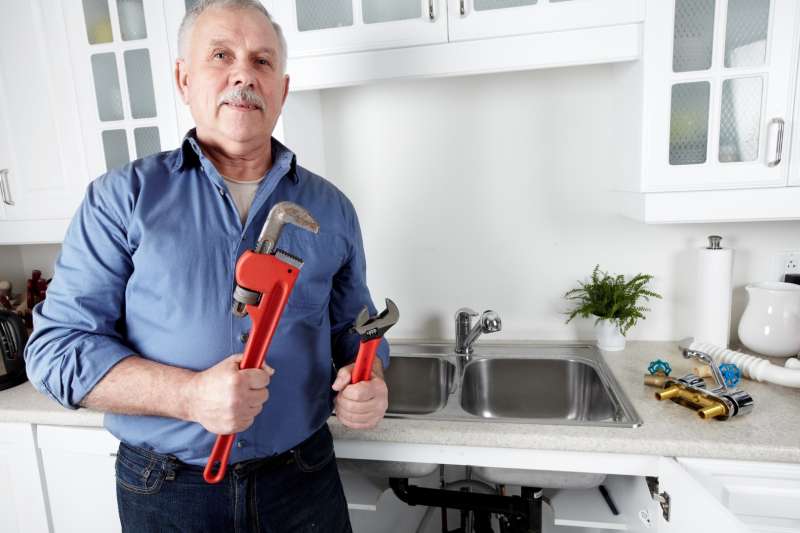
Gas Line Repairs
Fixing gas leaks and making sure proper gas line operating.
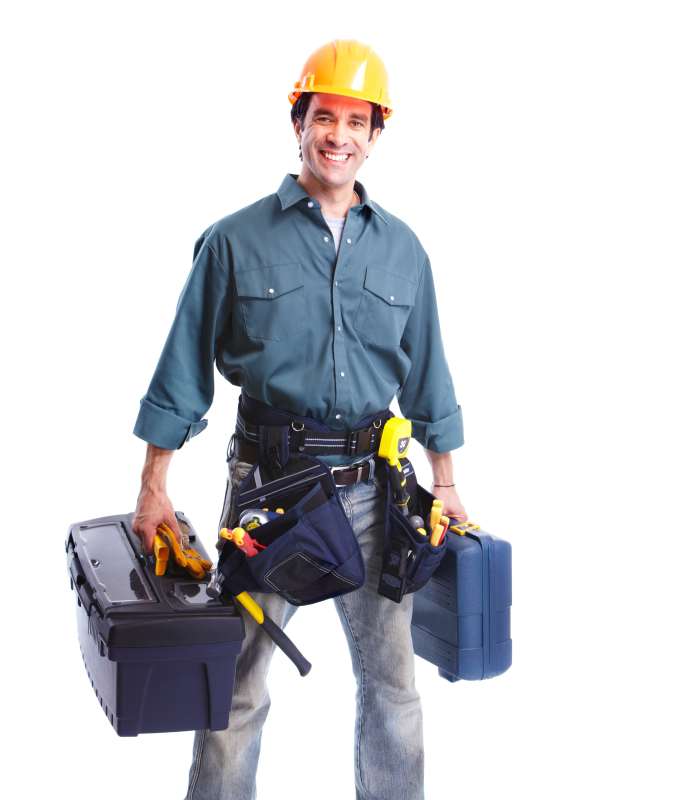
Greywater Recycling Systems
Setting up systems for reusing household wastewater.
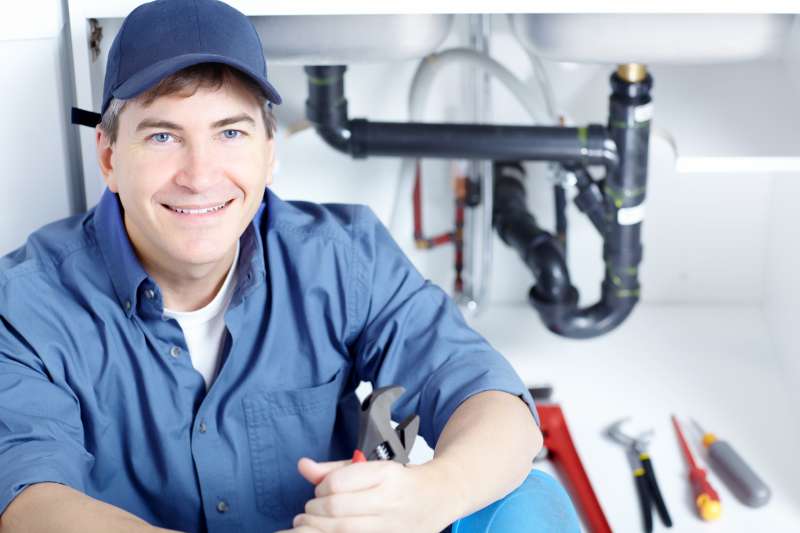
Hydronic Heating
Installing and keeping glowing floor heater.
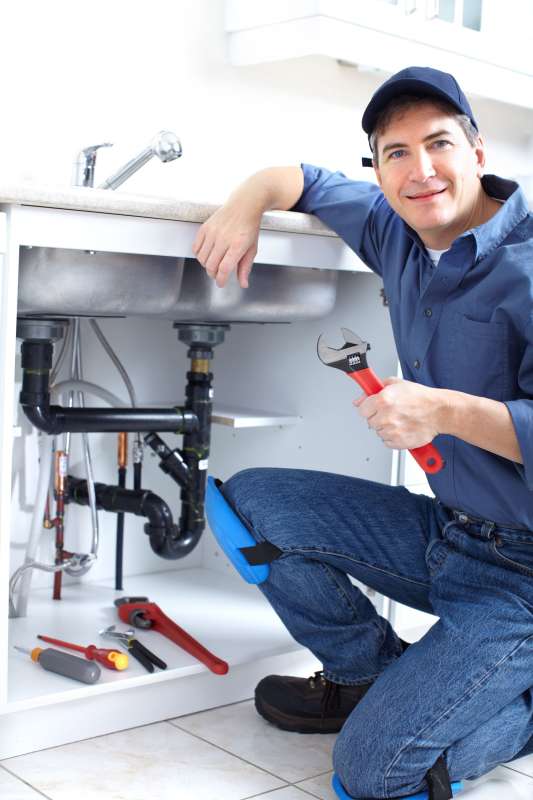
Industrial Pipework
Specialized piping for factories or commercial settings.
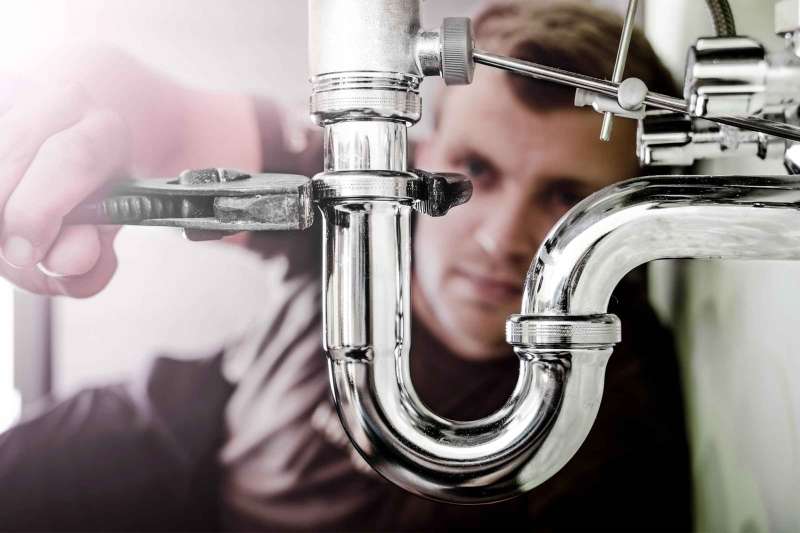
Irrigation Systems
Installing and preserving outdoor watering.
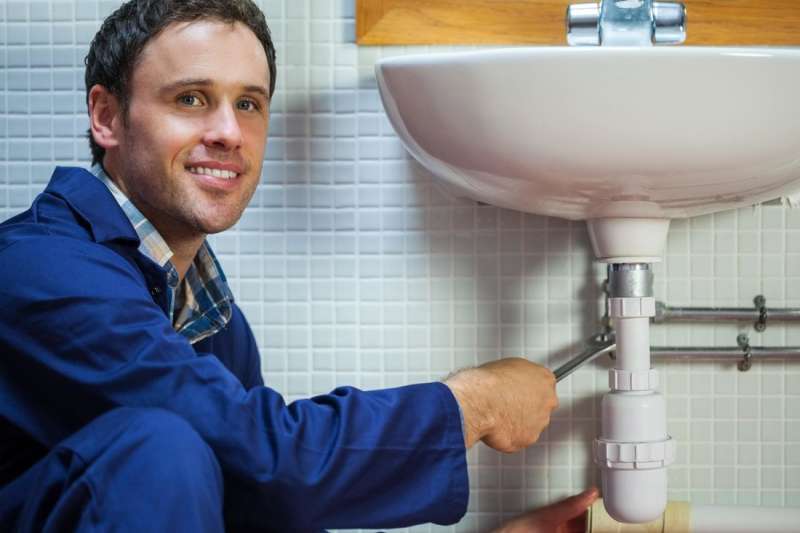
Large-scale Installations
Plumbing systems for brand-new structures or restorations.
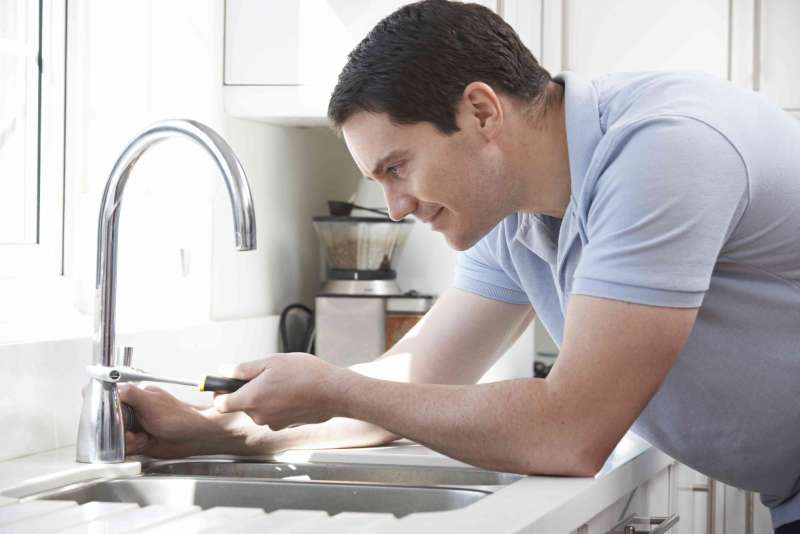
Leak Detection and Repair
Repairing leaks in pipelines, faucets, toilets, and appliances.
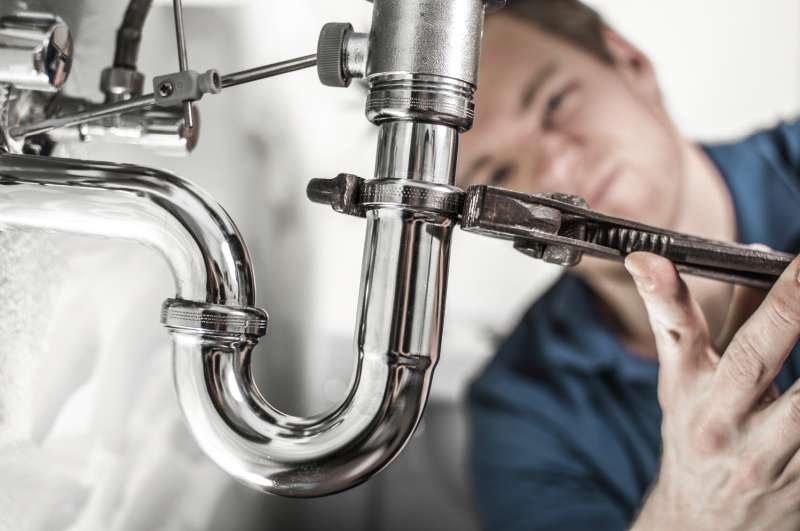
Overflowing Toilets
Quick resolution of serious obstructions and overflows.
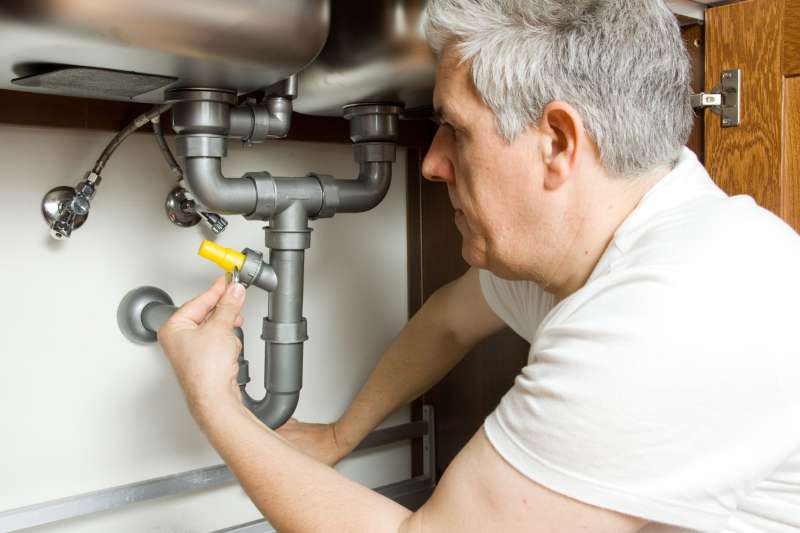
Pipe Inspections
Utilizing cams to check pipelines for damage or blockages.
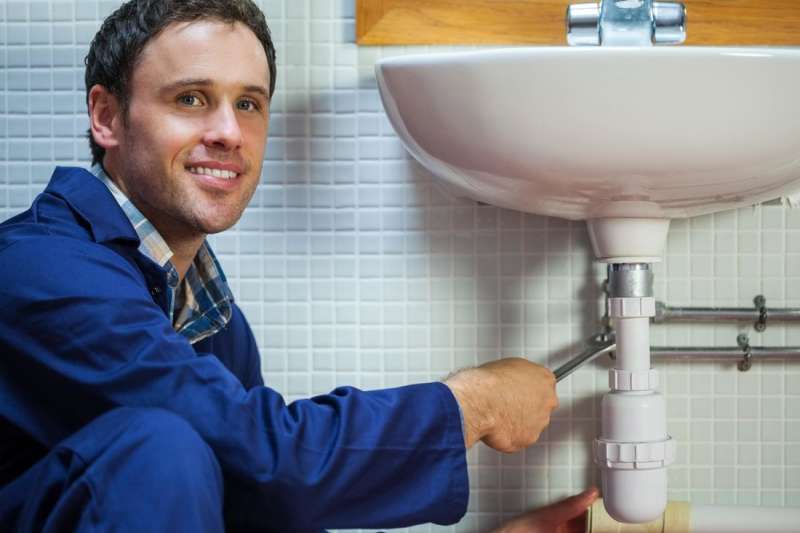
Pipe Repairs
Repairing or replacing burst, corroded, or damaged pipelines.
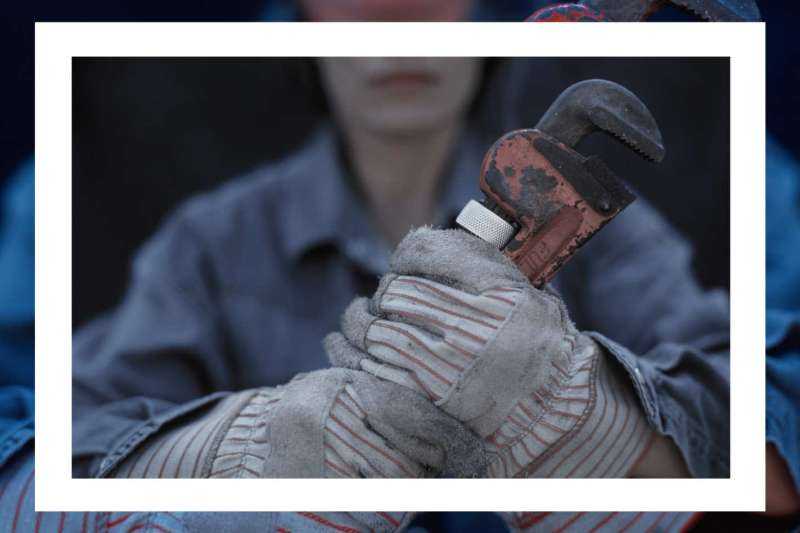
Pipes and Fittings
Installing new piping systems for water, gas, and drain.

Pre-Purchase Inspections
Evaluating plumbing systems before buying home.
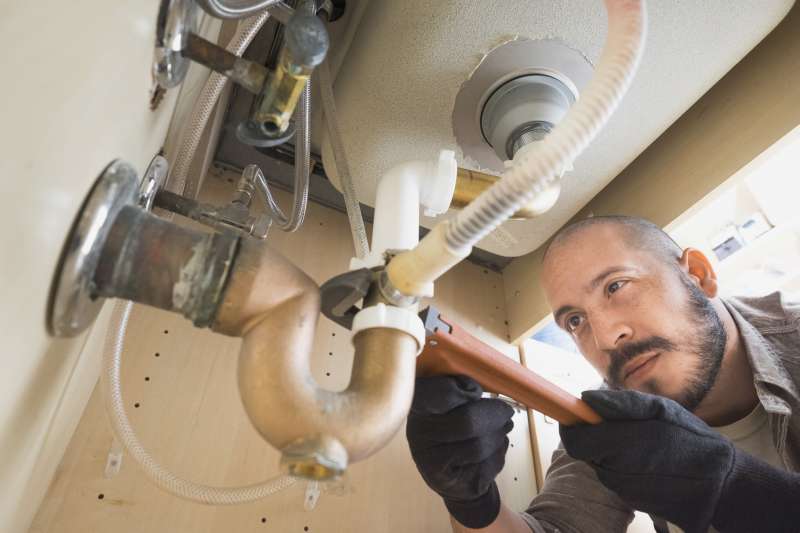
Rainwater Harvesting Systems
Installing systems to collect and utilize rainwater.
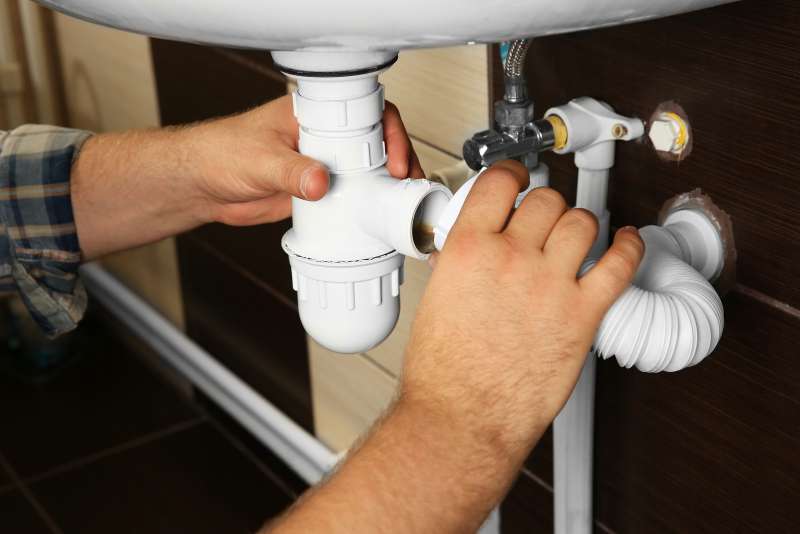
Regular Maintenance Contracts
Ongoing maintenance services for companies.

Septic System Services
Setting up, fixing, and maintaining septic systems.
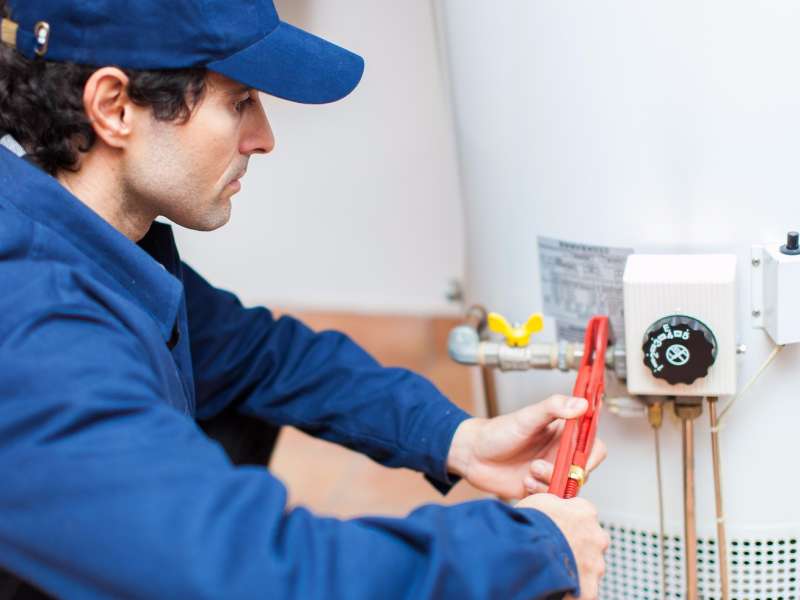
Sump Pump Installation and Repair
Managing groundwater in basements.
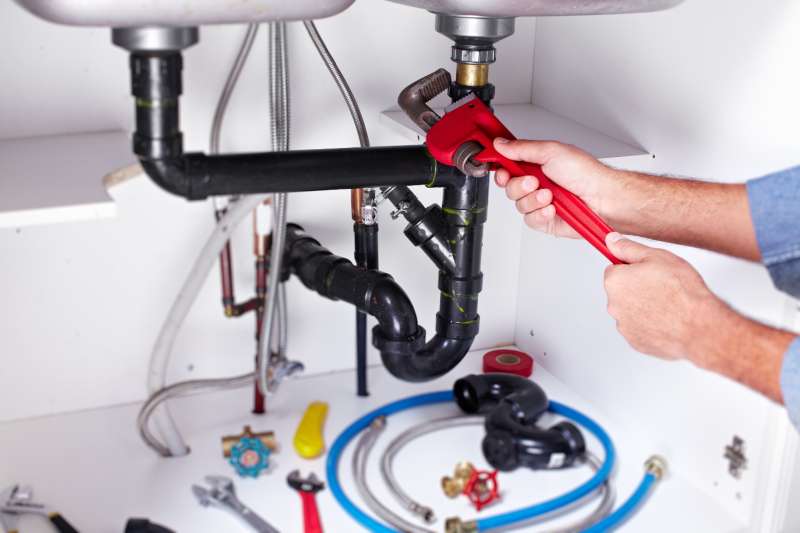
Upgrading Fixtures
Setting up water-efficient or modern-day components.
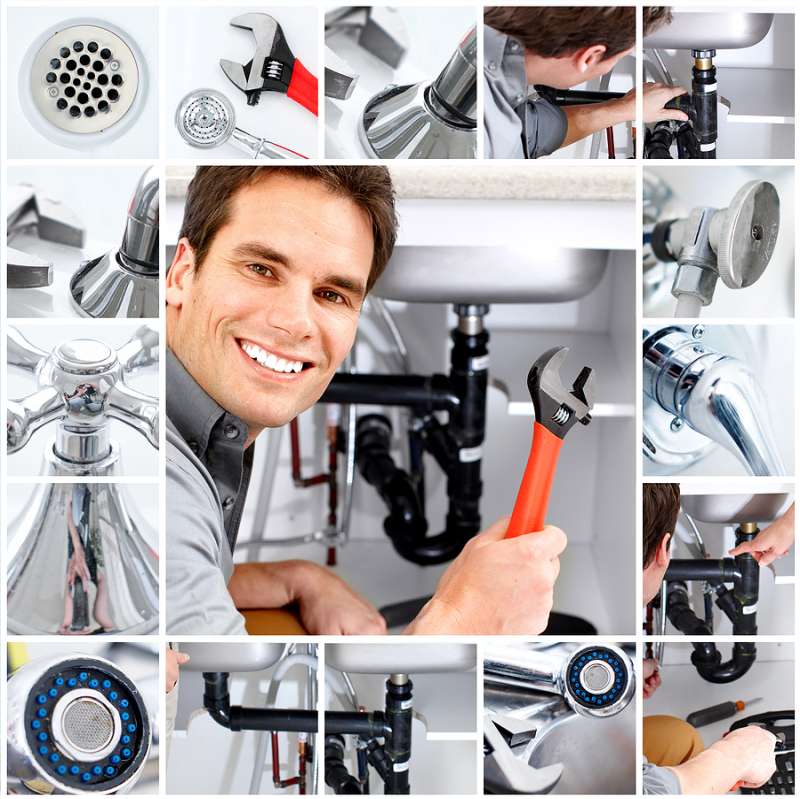
Water Efficiency Consulting
Encouraging on water-saving methods and products.
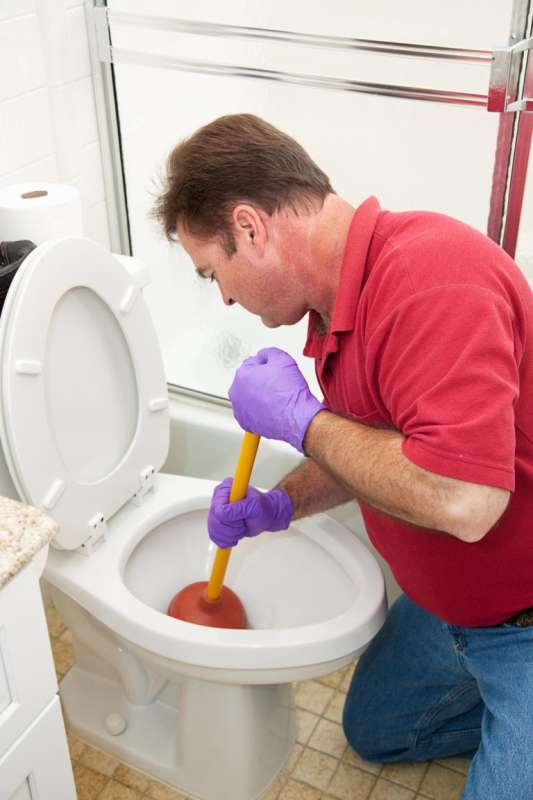
Water Filtration Systems
Installing water softeners and filtering systems.
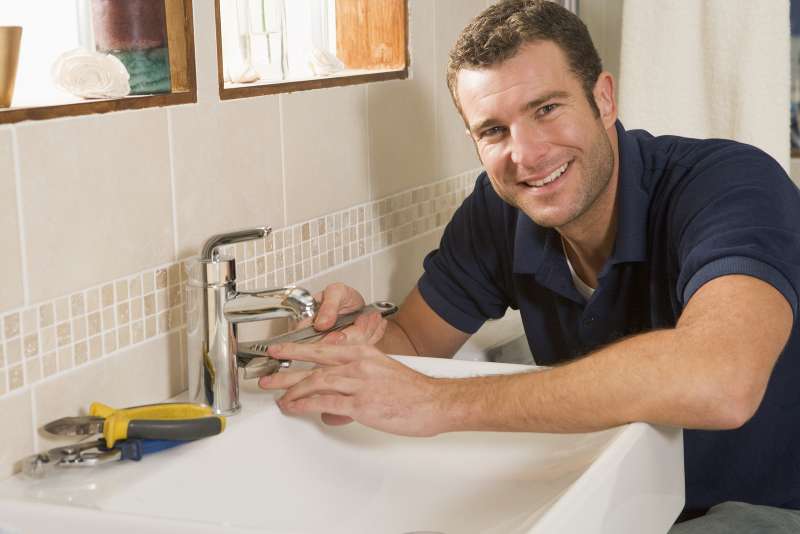
Water Heater Maintenance
Flushing and inspecting water heaters to prolong life-span.

Water Heater Repair
Addressing concerns with temperature level, leaks, or failure to heat water.
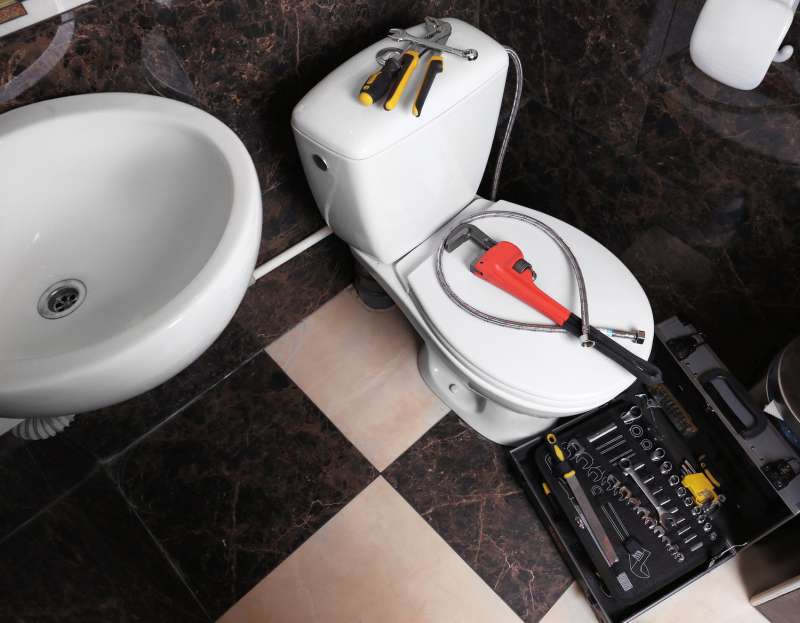
Waterproofing
Protecting basements or other locations from water invasion.
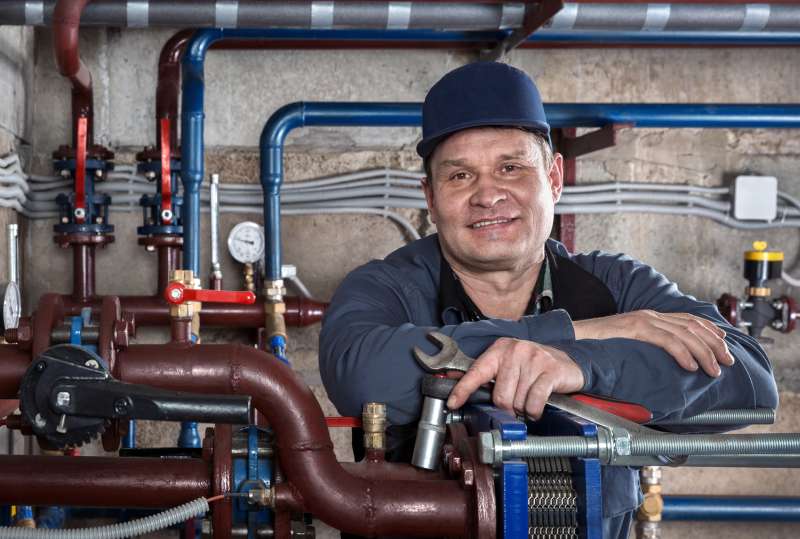
Sewer Backups
Immediate attention to prevent contamination and health risks.

